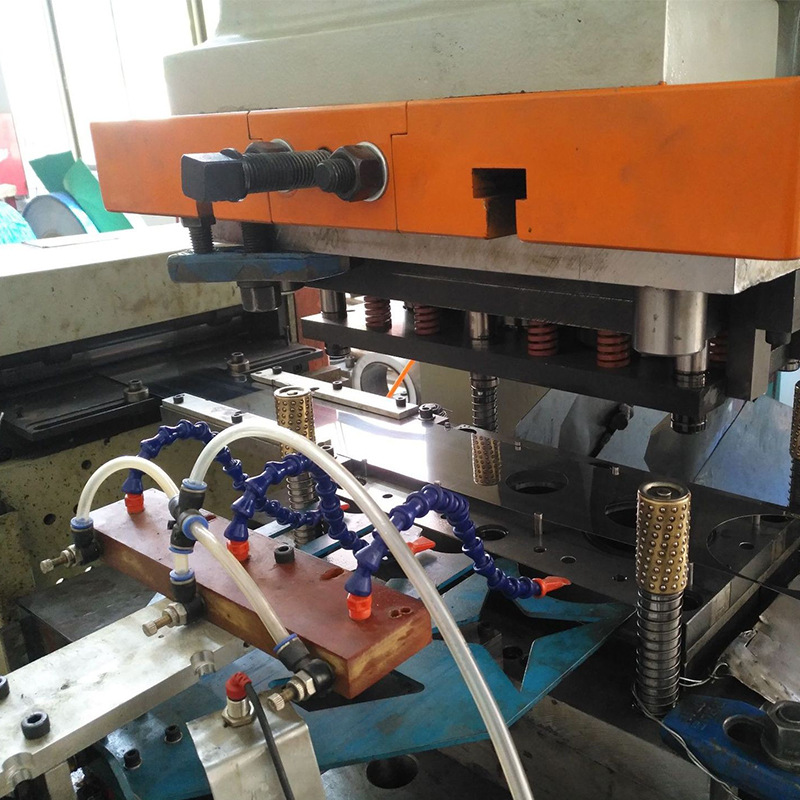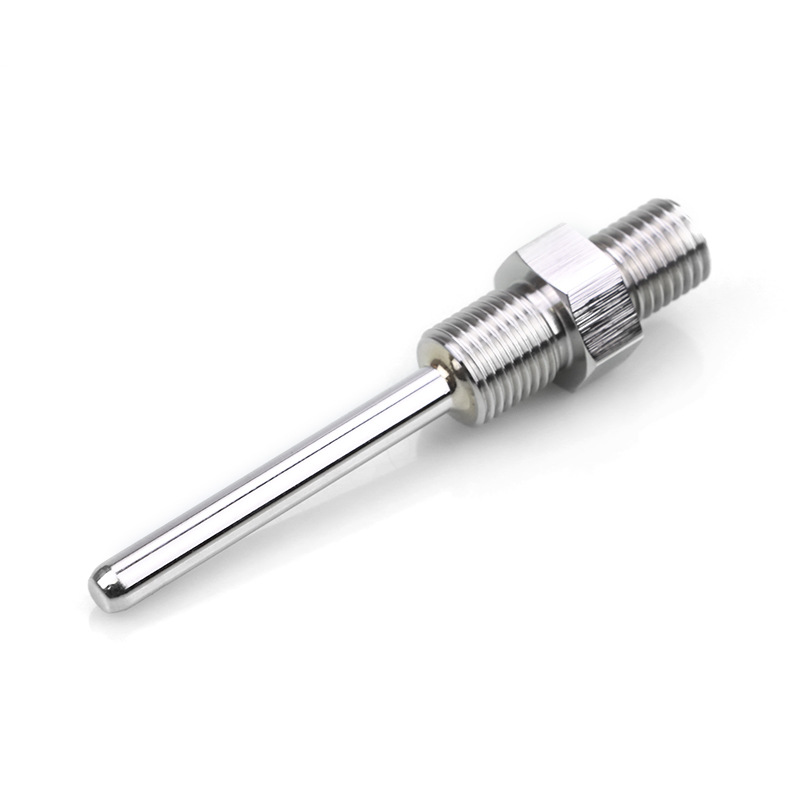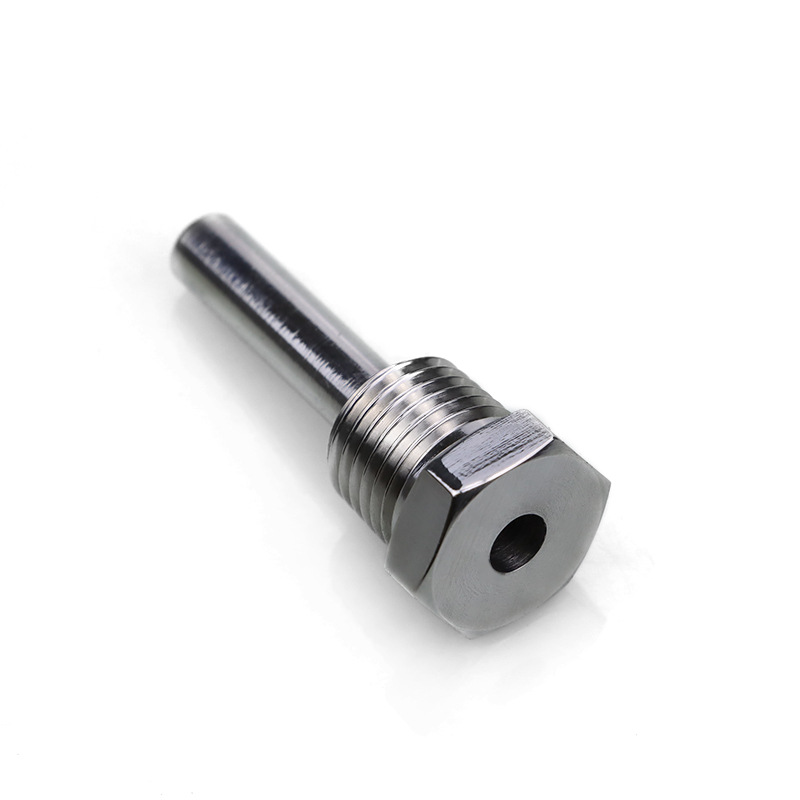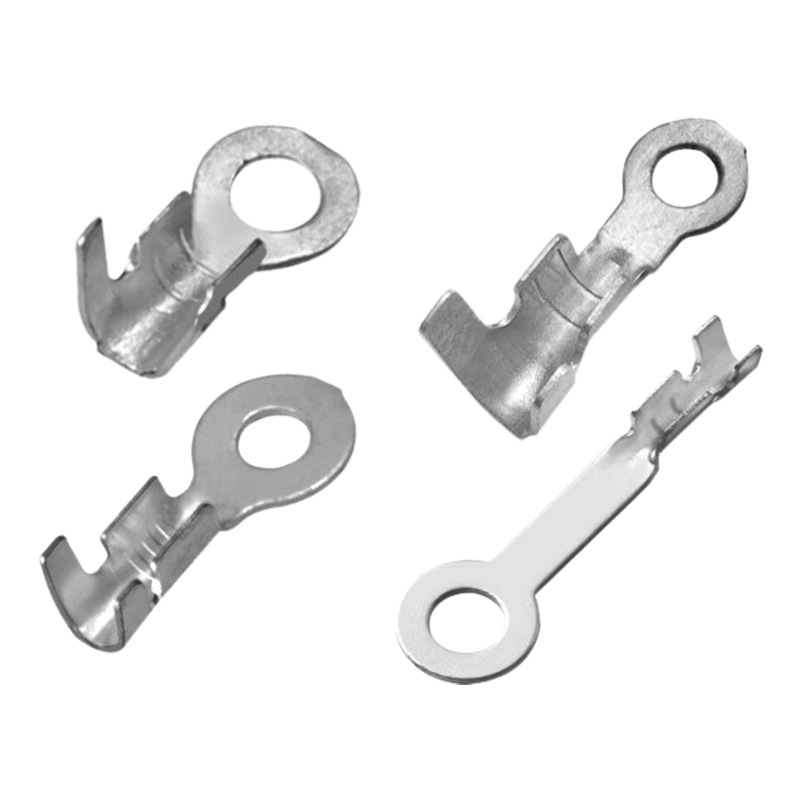Sheet metal fabrication is an indispensable process across industries such as automotive, aerospace, and construction.
This craft involves shaping, cutting, and assembling metal sheets into various components and products.
But what tools are crucial for successfully completing these tasks? Whether you’re a hobbyist, a beginner, or a seasoned professional, knowing the essential tools and equipment can significantly impact the quality, efficiency, and safety of your projects.
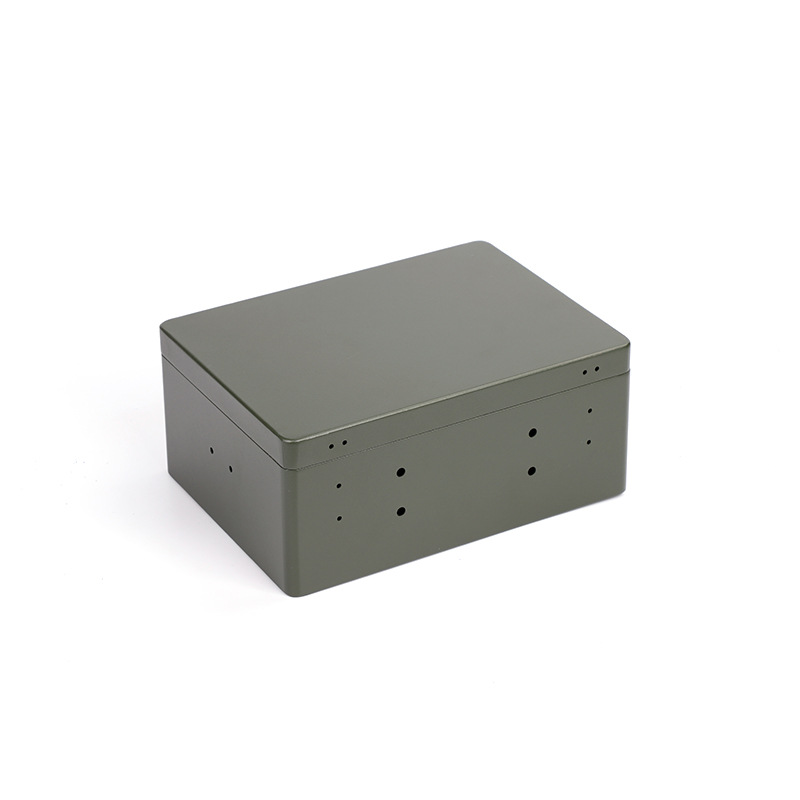
In short, mastering sheet metal fabrication requires a combination of cutting tools like tin snips, jigsaws, and plasma cutters; forming tools such as press brakes, slip rolls, and English wheels; and assembly tools like rivet guns, TIG welders, and clamps.
Each of these tools serves a specific purpose in ensuring precision and efficiency throughout the fabrication process.
This article explores the core tools for each phase of sheet metal fabrication, highlighting their applications and benefits.
Let’s dive into the essential tools and how they contribute to a successful project.
-
Table Of Contents
-
1. What Tools Are Essential for Sheet Metal Fabrication?
-
2. Why Are the Right Tools Critical in Sheet Metal Fabrication?
-
3. What Are the Cutting Tools in Sheet Metal Fabrication?
-
4. How Do Forming Tools Shape Sheet Metal?
-
5. What Assembly Tools Are Needed for Joining Sheet Metal?
-
6. How to Choose the Right Tools for Your Fabrication Needs?
-
7. Summary
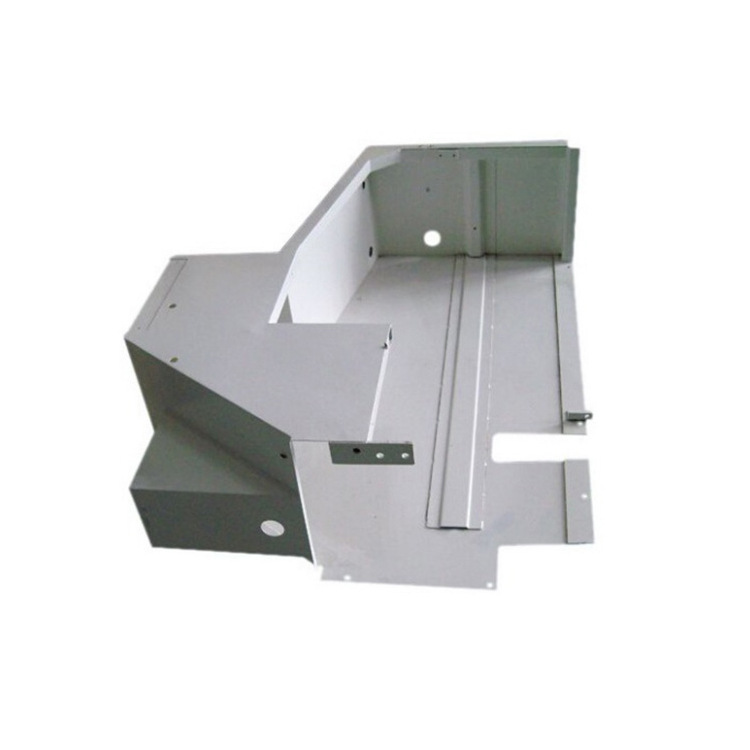
Why Are the Right Tools Critical in Sheet Metal Fabrication?
Using the correct tools isn’t just about efficiency—it’s about precision, safety, longevity of products and cost-effectiveness.
Here’s why selecting the right equipment matters:
• Accuracy and Precision: Proper tools ensure clean cuts, precise bends, and strong assemblies.
This is vital for maintaining the integrity of your project, whether you’re creating intricate designs or industrial parts.
• Material Efficiency: High-quality tools minimize waste by providing cleaner cuts and reducing errors, saving time and resources in the long run.
• Safety: Using specialized tools reduces the risk of injury compared to makeshift or incorrect equipment.
Many tools are designed with ergonomic features and safety mechanisms to protect users.
• Longevity: Proper tool selection extends the life of products, reducing the need for replacements.
Additionally, technological advancements have introduced automation and CNC-controlled tools, further enhancing accuracy and efficiency.
However, traditional hand tools remain valuable, particularly for smaller-scale or custom projects.
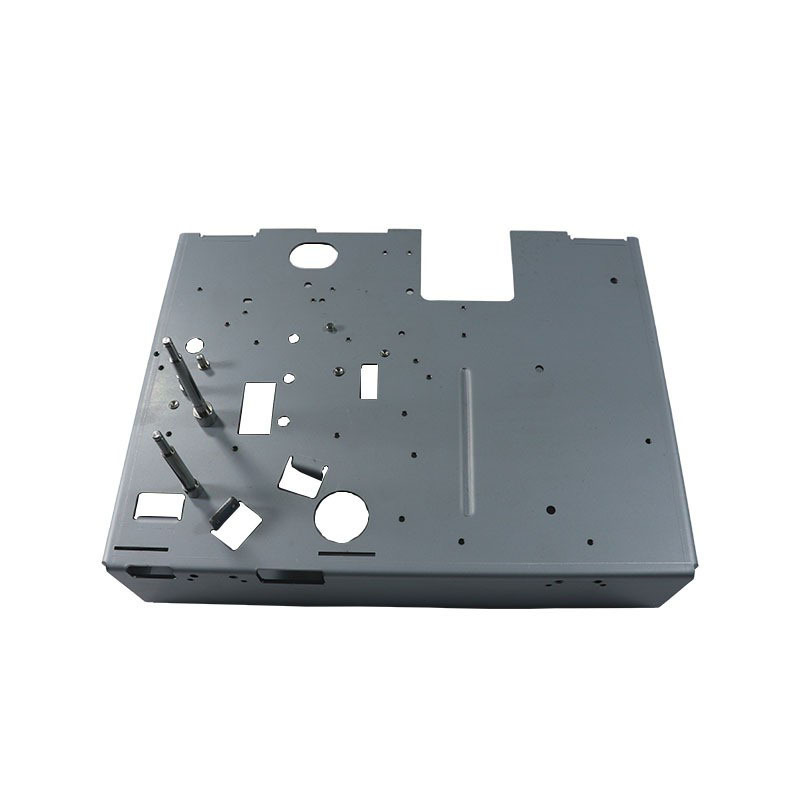
What Are the Cutting Tools in Sheet Metal Fabrication?
Cutting tools form the foundation of sheet metal fabrication. They enable precise shaping of metal sheets to fit specific designs.
These tools can range from manual to highly automated, depending on the project scale.
Manual Cutting Tools
1. Tin Snips: These are ideal for cutting thin metal sheets, offering simplicity and control. Variants include straight-cut, left-cut, and right-cut snips for different cutting directions.
2. Aviation Snips: A robust alternative to tin snips, these are used for thicker materials and more precise cuts, especially in curved patterns.
3. Hacksaw: This tool is suitable for straight cuts in metal sheets, bars, or tubes. Although slower than power tools, hacksaws are precise and versatile.
Power Cutting Tools
1. Jigsaw: Equipped with a metal-cutting blade, jigsaws allow for curved and intricate cuts in metal sheets.
2. Circular Saw: With a metal-specific blade, this tool provides fast, straight cuts through thicker sheets and pipes.
3. Guillotine Shear: Common in industrial settings, this machine delivers quick, precise straight cuts with minimal waste.
4. Plasma Cutter: This high-tech tool uses a jet of hot plasma to slice through thick metal sheets, ensuring clean and precise cuts.
5. Laser Cutter: Ideal for detailed and repetitive designs, laser cutters are CNC-controlled for exceptional precision and efficiency.
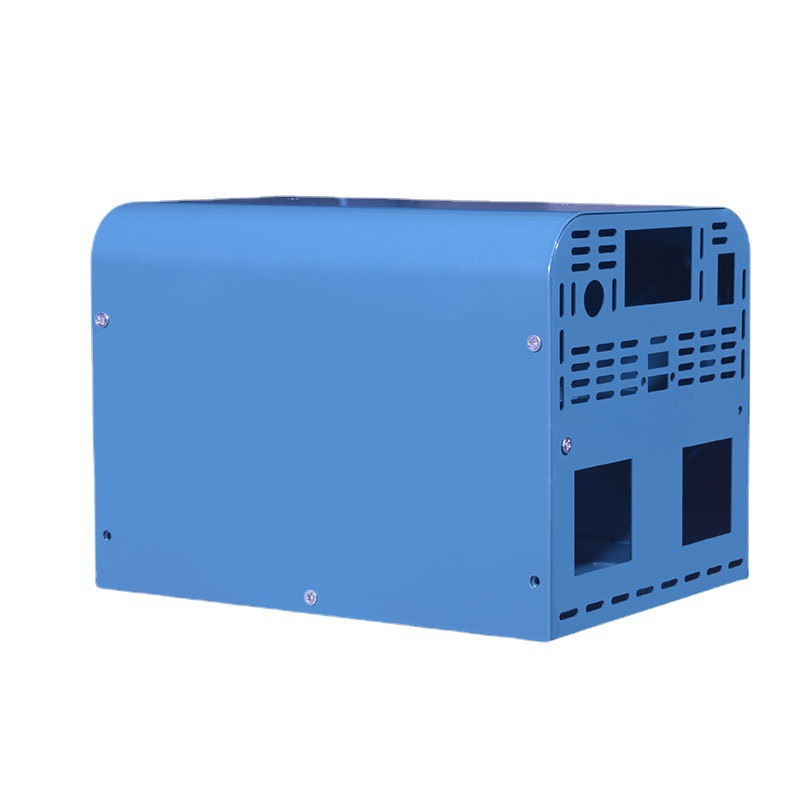
How Do Forming Tools Shape Sheet Metal?
After cutting, the next crucial step is forming—bending or shaping the metal into the desired form.
This stage relies on tools that provide flexibility and control to create complex structures.
Manual Forming Tools
1. Hand Seamer: Useful for small bends and precision work, offering manual control for fine adjustments.
2. Sheet Metal Hammer and Dolly Set: Essential for shaping curves or removing dents, often used in automotive and artistic projects.
3. Edge Roller: Perfect for creating smooth, consistent bends along sheet edges, frequently employed in ductwork.
Machine Forming Tools
1. Press Brake: This machine bends metal sheets with precision. Modern press brakes often feature CNC controls for complex and repeated bends.
2. Slip Roll: Used to roll metal into cylindrical shapes, ideal for creating pipes, ducts, and round components.
3. English Wheel: Often used in custom and artistic fabrication, this tool helps create smooth, compound curves.
4. Bead Roller: Adds strength and decorative details to metal sheets by creating raised ridges or beads.
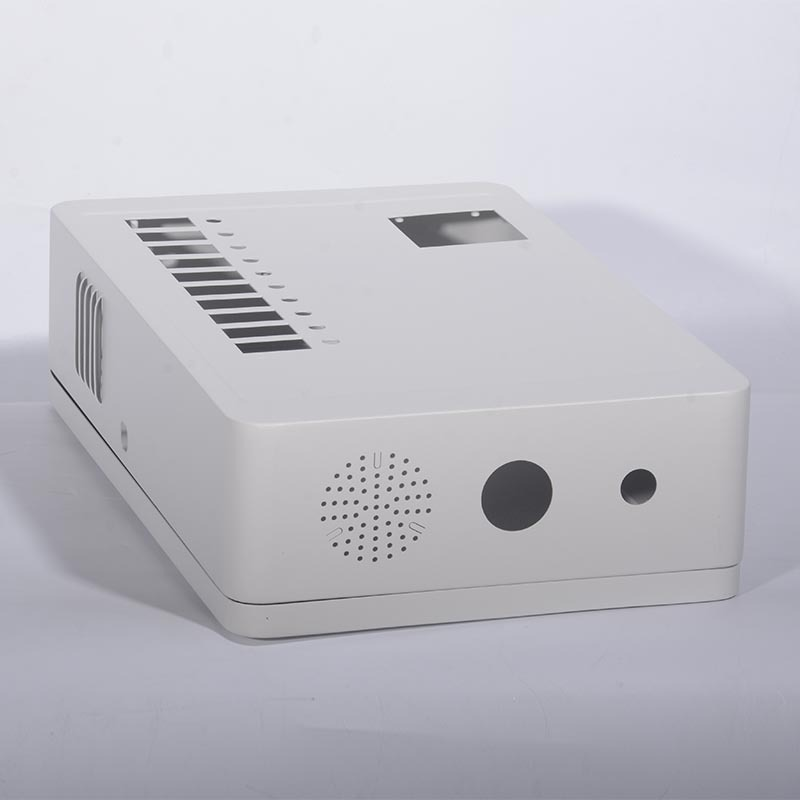
What Assembly Tools Are Needed for Joining Sheet Metal?
Once the pieces are cut and shaped, assembly tools bring everything together.
The choice of tool depends on the joining method, which could be welding, riveting, or fastening.
Manual Assembly Tools
1. Rivet Gun: Used to fasten sheets together where welding isn’t practical, offering strong, durable joints.
2. Cleco Fasteners: Temporary fasteners that hold pieces in place during assembly, allowing for adjustments before permanent fastening.
3. Clamps: Essential for keeping parts aligned while fastening or welding.
Advanced Assembly Tools
1. Spot Welder: Efficient for joining metal sheets at specific points, commonly used in mass production.
2. TIG Welder: Provides precise control for thin metal sheets, making it ideal for detailed work in industries like aerospace.
3. MIG Welder: Easier to use than TIG welding, this method works well for thicker sheets and is popular among hobbyists.
How to Choose the Right Tools for Your Fabrication Needs?
Selecting the appropriate tools involves assessing your project’s requirements, including material type, scale, and precision needs. Here are key considerations:
1. Material Type: Different metals (e.g., aluminum, steel) demand specific tools for optimal results.
2. Project Scale: Smaller projects may only need basic tools, while industrial-scale work benefits from advanced machinery.
3. Budget: While advanced tools improve efficiency, manual tools can still deliver quality results for lower costs.
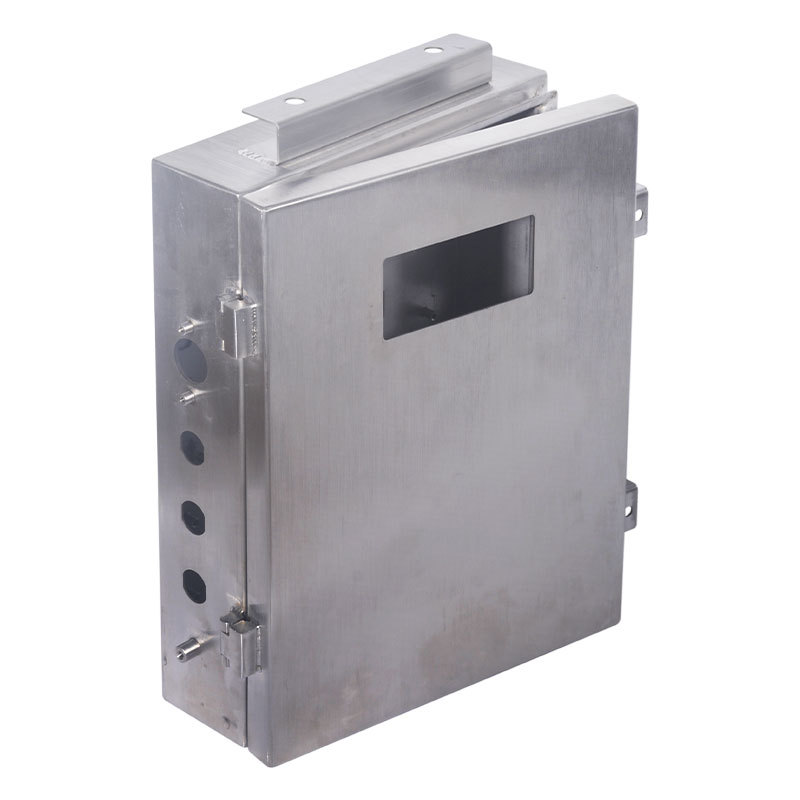
Conclusion
Mastering sheet metal fabrication requires a deep understanding of the tools involved in cutting, forming, and assembling metal sheets.
From basic hand tools like tin snips to advanced CNC-controlled machines, each tool plays a crucial role in achieving precision, efficiency, and safety.
By choosing the right tools based on your project’s needs, you can enhance your fabrication skills, reduce material waste, and even contribute to sustainable manufacturing practices.



